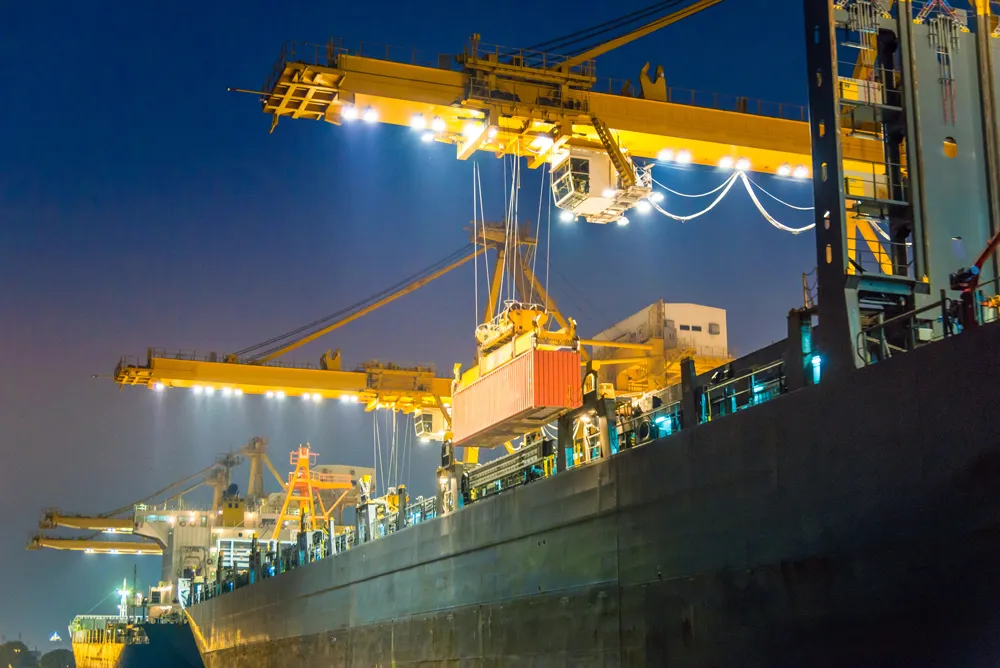The Maritime and Port Authority of Singapore (MPA) has released a training programme, produced by Videotel to encourage safe navigation in the Singapore Strait. Carrying an estimated one third of the world’s traded goods, the Singapore Strait is one of the world’s busiest shipping lanes.
Aimed at experienced ship masters and bridge teams, Safe Passage in the Singapore Strait is a three-part training package of two full-length videos and an interactive computer-based module. The programme is being distri
September 22, 2016
Read time: 2 mins
The Maritime and Port Authority of Singapore (MPA) has released a training programme, produced by Videotel to encourage safe navigation in the Singapore Strait. Carrying an estimated one third of the world’s traded goods, the Singapore Strait is one of the world’s busiest shipping lanes.
Aimed at experienced ship masters and bridge teams, Safe Passage in the Singapore Strait is a three-part training package of two full-length videos and an interactive computer-based module. The programme is being distributed free to shipping companies by the MPA. In addition, subscribers to Videotel’s Videotel on Demand (VOD) system will also have access to this training package.
The multi-media package utilises video and computer-based training technology and combining animated charts, AIS recordings of actual voyages, and video footage shot onboard a variety of vessels transiting in both directions by day, by night, in fair and in stormy conditions.
It follows a transit through the Traffic Separation Scheme (TSS) from east to west and west to east, highlighting the areas where crossing traffic is most often encountered, the many pilot boarding grounds and the areas of shallow water where strong tidal forces can present a danger to navigation. It also emphasises the need for detailed voyage planning, good seamanship, and close attention to advice from the Singapore Vessel Traffic Information Service (VTIS).
Aimed at experienced ship masters and bridge teams, Safe Passage in the Singapore Strait is a three-part training package of two full-length videos and an interactive computer-based module. The programme is being distributed free to shipping companies by the MPA. In addition, subscribers to Videotel’s Videotel on Demand (VOD) system will also have access to this training package.
The multi-media package utilises video and computer-based training technology and combining animated charts, AIS recordings of actual voyages, and video footage shot onboard a variety of vessels transiting in both directions by day, by night, in fair and in stormy conditions.
It follows a transit through the Traffic Separation Scheme (TSS) from east to west and west to east, highlighting the areas where crossing traffic is most often encountered, the many pilot boarding grounds and the areas of shallow water where strong tidal forces can present a danger to navigation. It also emphasises the need for detailed voyage planning, good seamanship, and close attention to advice from the Singapore Vessel Traffic Information Service (VTIS).









